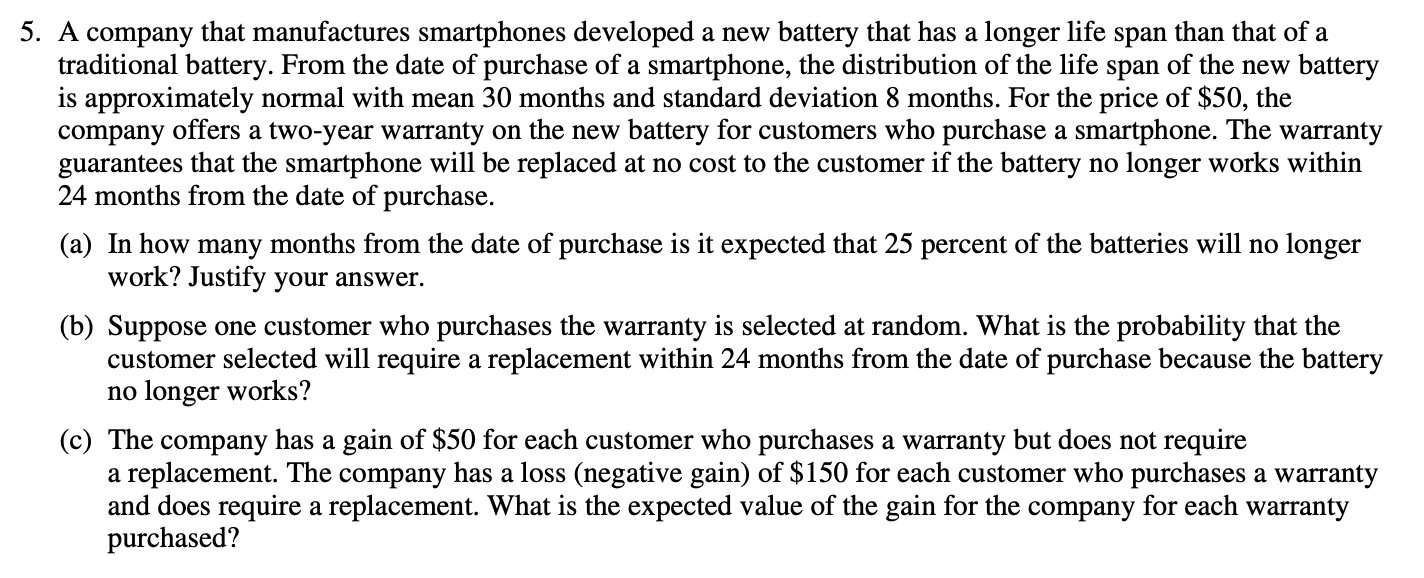Training for AP Stats as a 10th Grader
The following Advanced Placement (AP) Statistics article was written by Daniel Shi, high school class of 2023. Since Daniel was only a 10th grader, he was not eligible to enroll in his high school's AP course. Instead, he was trained by the social science faculty at Presidio Education®. With training from Wayne Man, Math & Social Science Teacher, Daniel earned a perfect AP 5 score on the May 2021 College Board AP Statistics exam.
The Normal Distribution: A key concept in AP Statistics. Source: College Board AP Statistics Course and Exam Description, Effective Fall 2020.
How did Presidio Education® Train for AP Statistics?
As a 10th grader, I started training for Advanced Placement (AP) Statistics as a self-study student in the beginning of September 2020. I was doing well in all my classes and wanted a bonus subject to help me stand out. Both Wayne Man, Math & Social Science Teacher, and Ryan Young, English Teacher, aided me in this process. They pushed me hard and held me accountable throughout the year. I started by reading multiple textbooks in order to gain a full understanding of the AP Statistics content. A singular textbook may have certain gaps of knowledge, but reading multiple texts gave me opportunities to practice my fluency more. During classes, Wayne and I would work on specific areas I failed to fully grasp, such as Normal Distribution and Chi-Square Tests. We also did an abundance of practice questions to reinforce my knowledge. By the time I took the May 2021 AP exam, I was confident in almost every area of the subject.
Which AP Statistics Unit was Most Enjoyable?
My favorite AP Statistics unit was Unit 5: Sampling Distributions. I found this unit to be both very simple and challenging. The unit appeared very complex at first sight due to the immense number of formulas that were needed to be applied. Furthermore, I had to know exactly which problems the formulas or calculator functions could be applied to. Although there is a formula sheet and calculator allowed on the exam, students must know precisely which one to use in certain situations. However, once I learned the procedures and ways to apply sampling distributions to my calculator functions and formulas, solving the actual problems was extremely simple. All I had to do was plug in numbers and the calculator would help me acquire the correct answer. The sampling distributions unit is a fantastic representation of the AP Statistics subject as a whole. The subject matter is extremely simple in nature, but applications must be consistently practiced.
An example of the types of formulas found in the AP Statistics formula sheet. Two Sample Standard Deviations, which is a measure of statistical spread, can be found by plugging in the required variables into the given formulas. Source: College Board AP Statistics Formula Sheet 2021.
What is Most Difficult About AP Statistics?
AP Statistics is more about application than content. The content for AP Statistics is actually very straightforward and the textbook content is not difficult to digest. However, many students, with me originally included, struggle with applying the concepts to real problems. The only way to solve this issue is to repeatedly practice application by completing practice questions. Furthermore, certain AP Statistics problems require long procedures and can be very tedious. Losing focus during completing such problems will be extremely costly because practice time will not be fully utilized. Even when doing practice problems, students must clearly write out all the steps in order to earn full points on the exam. Students should practice to a point where completing the exam is a simple task. In order to gauge a clear skill level, students should take many practice tests and seek feedback from teachers or tutors.
What Advice Must AP Statistics Students Remember?
Students new to AP Statistics must not become complacent. I originally struggled with this principle. While studying Unit 1: Exploring Univariate Data, I began to think that the subject was relatively easy. This was because I already knew some of the concepts in unit one and had no trouble with the content. However, the units progressively became harder and my complacency took a huge toll on my learning. My laziness led me to fall behind on reading and homework. Considering that I started training in September, I could not afford to be behind schedule. Eventually, I would catch up. However, the stress of having to complete catchup work for a relatively straightforward subject was not worth the laziness. Students must always be on alert and work their hardest to complete assignments thoroughly and with utmost quality. With such strategies, students will most likely find success.
Section 2 free-response question (FRQ) on normal distribution, z-scores to calculate probabilities and expected values. Source: College Board AP Statistics Section 2 FRQ #5, 2019.
What are Some AP Statistics Exam Tips?
On the exam, neither deviate from typical applications nor routines. During practice, students are free to explore distinct approaches to problems and step out of their comfort zones. However, on the actual exam, students must listen to teachers’ instructions. Diversity in methods is not required on the exam and students must bring out their greatest strengths. The exam is a time to display a year’s worth of practice and retention. Therefore, students must stick to the exact format in which they practiced and answer questions in a fashion that is simplest to them. The exam is not a time to get creative and show off. Students must remain humble and stick to a routine in order to succeed. Furthermore, students must get enough sleep, food and water before the exam in order to best prepare their bodies and brains for three hours of testing.




